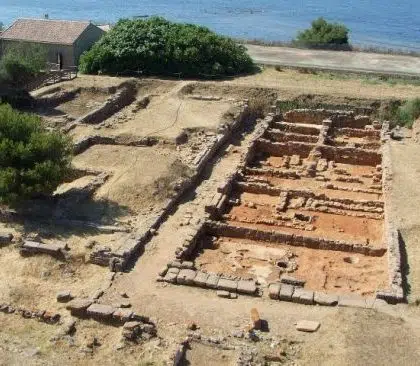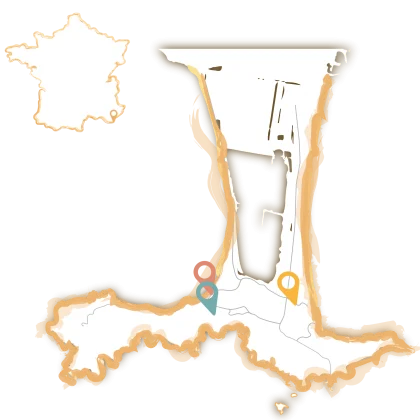The archaeological site of Olbia
The Olbia archaeological site was discovered in the early 20th century. It houses the complete remains of the Olbians, an ancient Massalian colony dating back to the 4th century BC. It was a colony of farmers, fishermen and soldiers. Excavations by archaeologists have revealed that life in Hyères was once an ancient trading post. Indeed, the population’s main vocation was to secure maritime trade on the Mediterranean.

Olbia: an archaeological site open to the public
Since its discovery, the Olbia site has been open to the public. Tourists can stroll among the remains of this prehistoric site and appreciate its beauty.
Loaded with history, souvenirs and local produce, people can appreciate the evolution of this settlement over almost 10 centuries. You can visit the exceptional architecture of this small fortress: dwellings, shops, baths, sanctuaries, sewage systems… The city has a geometric shape, square to be precise. It is then divided into four equal quarters.
To fully appreciate these ancient remains, a guided tour is organized inside the archaeological site. A professional guide provides a precise and fascinating analysis for all visitors. Alternatively, a tour guide with map and explanations is also available. These tours are open to the general public all year round. However, early booking is recommended.
Olbia: a preserved and enhanced heritage
The Olbia archaeological site provides an insight into the way of life of the prehistoric population. It also provides an insight into the ancient trading system. At the same time, it is home to a wealth of historical treasures of great interest to many. The Olbia site is very popular, not least for the many activities on offer: wine tasting at Mas des Tourelles, visits to the tombolo orientale on the Giens peninsula, excursions and visits to the Greek sanctuary of Aristaeus, yoga courses, musical siestas, storytelling walks, summer and spring school vacations…
This archaeological site is therefore subject to strict preservation and enhancement measures to keep all its riches intact for as long as possible. As part of these preservation measures, those in charge are carrying out work to stabilize the ancient walls, to protect the remains near the sea from erosion, to provide a better welcome for visitors, to extend access for people with reduced mobility, to make pathways safer, to improve the approach to the remains to ensure better visibility of the site for the public…

